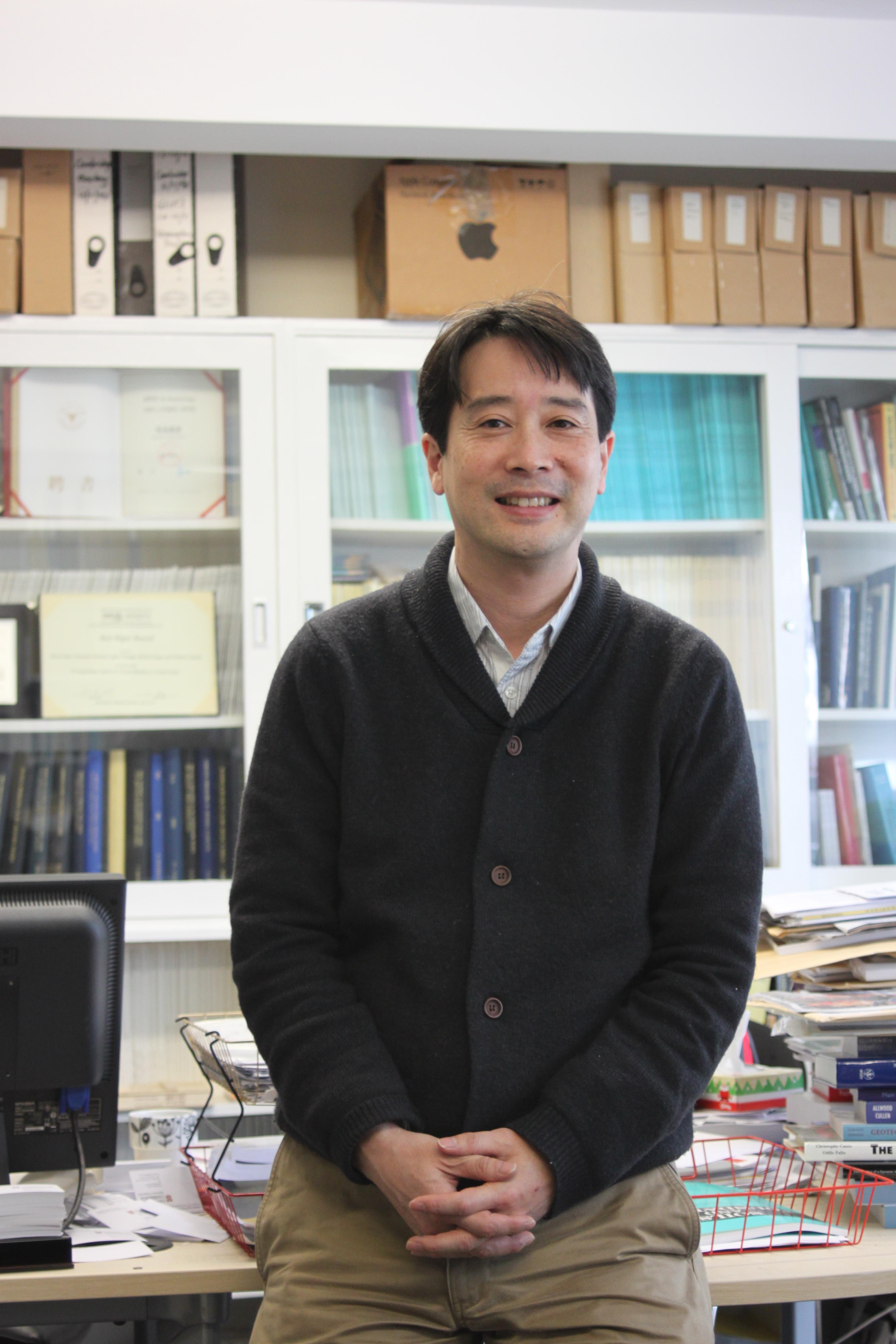
Submitted by Samantha Archetti on Fri, 16/01/2015 - 15:04
In recent years sensor and communications research has been undergoing a quiet revolution, promising to have significant impact on a new generation of monitoring technologies for civil engineering infrastructure, says Professor Kenichi Soga of CSIC.
Advances in the development of computer vision, fibre optics sensing and micro-electro-mechanical systems (MEMS) offer intriguing possibilities that can radically alter the paradigms underlying existing methods of condition assessment and monitoring.
Future monitoring systems will undoubtedly comprise Wireless Sensor Networks (WSN) and will be designed around the capabilities of autonomous nodes; each node in the network will integrate specific sensing capabilities with communication, data processing and power supply.
The Centre for Smart Infrastructure and Construction (CSIC) at the University of Cambridge is developing new generations of sensor systems for infrastructure monitoring. The application of emerging technologies such as new sensor technologies to advanced health monitoring of existing critical infrastructure assets will quantify and define the extent of ageing and the consequent remaining design life of infrastructure, thereby reducing the risk of failure.
For new infrastructure, emerging technologies will also transform the industry through a whole-life approach to achieving sustainability in construction and infrastructure in an integrated way – design and commissioning, the construction process, exploitation and use, and eventual de-commissioning. The development of ‘smart’ infrastructure is essential to the viability of rehabilitation, repair and reuse.
The focus of new sensor systems for civil engineering application therefore should be to develop an integrated framework for planning, deployment and management of the system so that users can trust the data coming from it. One of the main missions of CSIC is to demonstrate the performance of various innovative sensor systems on real field sites.
With help from CSIC and Costain, Crossrail has deployed an intelligent system using miniature wireless sensors, in a sprayed concrete lining (SCL) tunnel construction, at a partially sealed adit complex at its Eleanor Street site in London. The objective was to monitor the movements of the adit in real-time while new tunnel and shaft excavations were conducted. The system consists of self-powered wireless `UtterBerry’ sensors, developed and patented by Heba Bevan, a PhD student at CSIC.
The installation of the 29 sensors required for this site was performed quickly and easily, by one person, who placed the sensors into position using just a 5m pole. Each sensor weighed less than 15g and was self-calibrated and self-aligned once positioned.
The sensors were placed to measure temperature and humidity, as well as tunnel wall inclination and displacement in three axes. This rich dataset ensures all significant events are recorded and communicated in real-time, allowing engineers to quickly make better-informed and cost-effective decisions and reach accurate conclusions regarding structural movements.
The sensors have been running in the Eleanor Street tunnel construction site since April 2014 and have enabled Crossrail and Costain to remotely monitor the condition and structural health of the tunnel from their offices in a safe and effective manner.
The use of this new generation of WSN system has put the C360 Crossrail project on the map, marking the first time this innovation has been used in a live project environment. The technology offered asset protection and its robustness allowed it to be deployed in hazardous environments.
The total value proposition of using intelligent wireless sensors is compelling, offering asset managers a smarter and safer approach to infrastructure monitoring and risk analysis.
Professor Kenichi Soga is Professor of Civil Engineering at the University of Cambridge and Co-Investigator at CSIC. Heba Bevan is a PhD student at CSIC at the University of Cambridge. The UtterBerry is a start-up emerging from the Centre.
This article entitled 'Crossrail demonstrates how wireless sensing changes game for asset managers' by Kenichi Soga was published by 'Infrastructure Intelligence' on 16th December 2014
To see the article as it appeared click here
